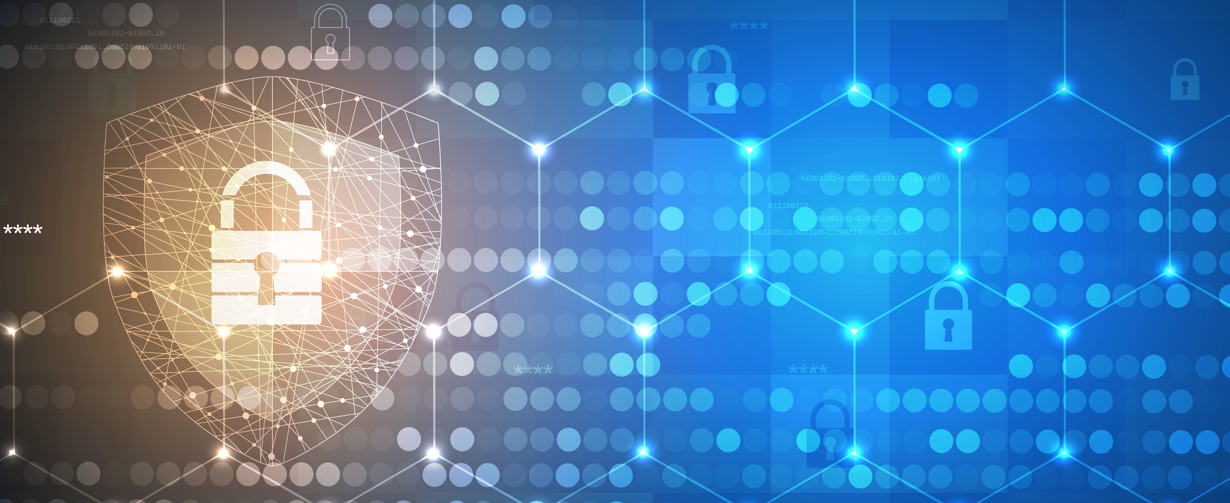VULNERABILITY REPORTS AND PENETRATION TESTING SERVICES

Cybersecurity Commitment at Software Valley US (2025)
Even as consumer technologies and applications continue to enhance their security features, cyber-attacks against small and medium-sized businesses (SMBs) remain at record highs in 2025. According to the latest data from the FBI and the U.S. Cybersecurity and Infrastructure Security Agency (CISA), SMBs have suffered losses exceeding $4.5 billion from email phishing scams, ransomware, and web-based intrusions since 2013.
A cybersecurity breach can be devastating for growing businesses — with the average cost of recovery now surpassing $120,000. Consider the well-documented case of a small Midwestern retailer hit by Cryptowall ransomware. Despite paying a $50,000 ransom, the company never regained access to their encrypted customer and sales data, and ultimately closed within six months of the attack.
Today, the threat goes far beyond email. Small business websites and applications are targeted relentlessly, with automated bots attempting attacks over 60 times per day on average, seeking vulnerabilities to deploy malware, steal data, or take systems offline.
At Software Valley US, we understand these risks and the reality SMBs face in today’s digital world. That’s why we offer end-to-end cybersecurity advisory and project management services, helping our clients not only reduce their exposure but also build cyber resilience into their operations.
🔐 Cybersecurity Best Practices for Small Businesses in 2025
Protect your operations, your clients, and your future.
✅ Have a Backup Plan
In 2025, ransomware attacks remain one of the most damaging threats facing small businesses. The most effective way to recover is to maintain regular, secure backups of all critical systems and data. With a proper backup strategy, your business can be restored with minimal downtime — no ransom payments or virus cleanup required.
Traditional offline backups, such as encrypted external drives or isolated USB devices, remain cost-effective and essential for data integrity. Ensure that at least some backups are stored offline and offsite, safeguarding your data against cyberattacks, theft, fire, or natural disasters.
Today’s cloud-based backup solutions are more reliable and affordable than ever, with reputable services offering secure, encrypted backup plans starting as low as $60/year — a small price to pay for peace of mind.
✅ Use Antivirus, But Don’t Rely on It
Choosing antivirus software for your business in 2025 can still be overwhelming, but it remains a foundational layer of protection. Look for solutions that are recognized by industry testing labs, provide automatic updates, and are designed for small businesses with centralized management.
Stick to one solution across all systems to streamline updates and management. Avoid expired or trial versions — they quickly become outdated and ineffective. Most importantly, understand that antivirus software alone is not enough. It won’t stop phishing, insider threats, or advanced malware — so always pair it with layered security practices.
✅ Keep Software and Systems Updated
Many of the most damaging attacks in recent years exploited known vulnerabilities in outdated software — not zero-day flaws. In 2025, staying secure means applying updates and patches consistently.
Major operating systems like Windows 11, macOS, and Linux now include built-in automatic security updates. However, small businesses often overlook third-party software, business tools, point-of-sale systems, or industrial apps with less frequent patch cycles. Know the support lifecycle of your systems — using outdated software after its end-of-life means losing critical security patches.
Stay ahead by creating an IT maintenance schedule and ensure updates are applied across all devices and applications — not just desktops.
✅ Stay Suspicious — Phishing is Still #1
Phishing remains the top cause of business data breaches — now amplified through AI-generated messages and hyper-personalized attacks in 2025. Small businesses are frequent targets due to publicly available business details used in spear phishing.
Defend against phishing by:
-
Verifying sender email addresses carefully
-
Avoiding downloads or links from unknown or unusual sources
-
Knowing your vendors' and clients' communication policies
-
Training employees to identify red flags
-
Being cautious even with texts (SMS phishing or “smishing”) and phone calls
Don’t be fooled by personalization — attackers can scrape names, logos, and other info from the internet and social media. When in doubt, verify by phone or secure channel.
✅ Educate Yourself and Your Team
In a world flooded with cybersecurity products, services, and alerts, education is your best defense. In 2025, threats evolve fast — but so does your ability to stay informed.
Encourage regular training through:
-
Independent, expert-led courses (avoid vendor-promoted “free” ones)
-
Professional certifications (e.g., CompTIA Security+, Google Cybersecurity, or IBM’s programs)
-
Cybersecurity awareness podcasts and newsletters
-
Internal training sessions for non-technical staff
A well-informed team is your strongest frontline defense. Security is no longer just an IT concern — it’s everyone’s responsibility.
🛡️ Partner with Software Valley US
At Software Valley US, we help businesses implement these best practices through tailored risk management, project leadership, and cybersecurity advisory services. Our team offers remote solutions to secure your operations, train your staff, and help you bounce back faster if an incident occurs.
Let’s build a more secure business — together.